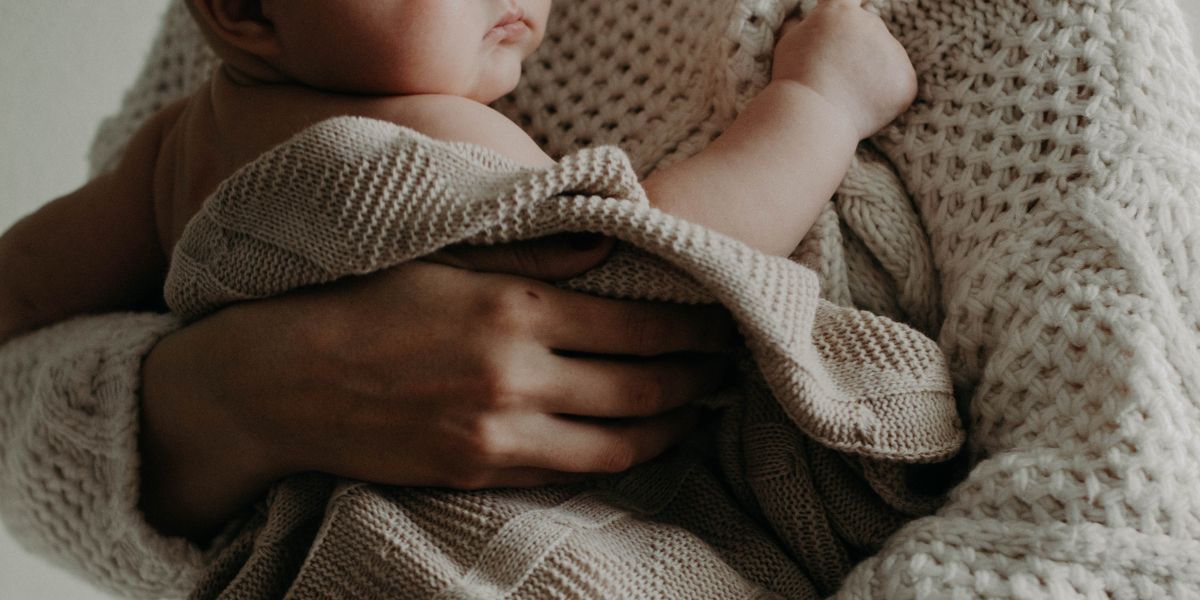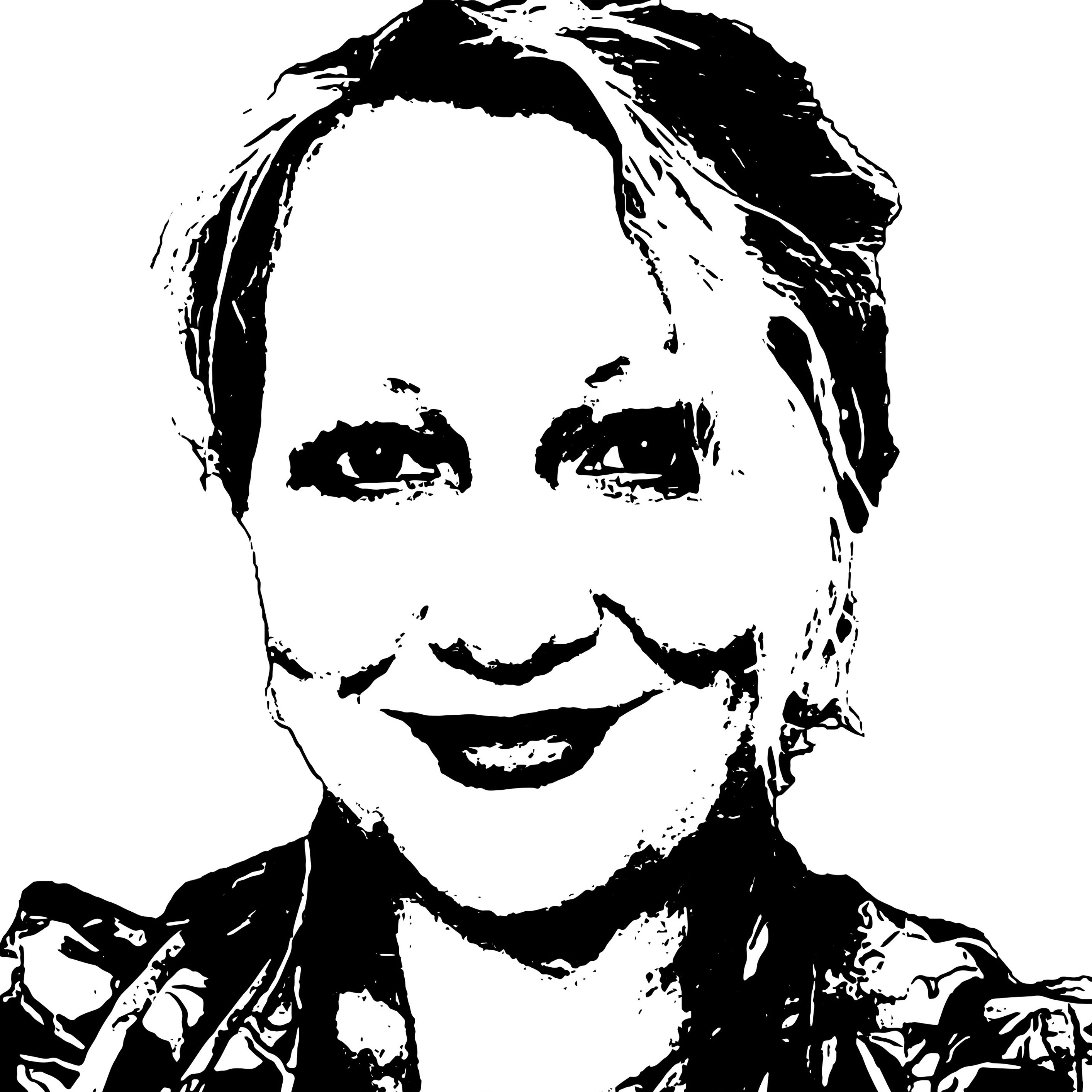A more equitable future for Australians, starting with families
Recent changes to Australia’s Paid Parental Leave scheme are a positive development. However, government can do more to value care work as a social good, including by encouraging fathers to take paternity leave and integrating parental leave with childcare and education policies.

15 August 2024
Reforming Australia’s paid parental leave system is a major opportunity to better support families and reduce social and gender inequality in the country.
Progress in this area isn’t easy. Consider our historical reluctance to provide paid parental leave, with Australia being the second last country in the OECD to implement a government-funded scheme – lagging only behind the United States, who are yet to offer such a system. Today, our paid parental leave system needs to evolve to reflect how families want to live, parent and work.
In 2024, the Australian Government offers 22 weeks to mothers (or primary caregivers) paid at the minimum wage. Fathers (or secondary caregivers) are eligible for two weeks, also paid at the minimum wage. (While acknowledging the diversity of family compositions, for the purposes of this article, we refer to the primary caregivers as mothers and the secondary as fathers given this represents the most dominant family composition at present and reflects the gendered dynamic we address here.)
If you are a single parent, you will receive the full 24 weeks. As shown in Table 1, 22 weeks is the equivalent of just 13 weeks of the average salary, while two weeks for the secondary caregiver is really only eight days at the mean wage. This is a meaningful difference where choices about who parents and who works are largely dictated not by preference, but by financial imperatives.
| Mother (Primary carer) | Father (Secondary carer) | |
|---|---|---|
| Parental Leave Payment (PLP) | $882.75 | $882.75 |
| Duration in 2024 | 22 weeks | 2 weeks |
| Average Weekly Adult Earnings (AWAE) | 1,489.80 | 1,489.80 |
| Ration of PLP to AWAE | 0.59 | 0.59 |
| Parental leave equivalent to AWAE | 13 weeks | 1.2 weeks |
Table 1. Data obtained from ABS 2023 & Services Australia 2024
From July 2025, superannuation will be paid on paid parental leave, and the duration of leave will lengthen to a total of 26 weeks by 2026. Nonetheless, the current system maintains gender and social inequality in two ways. First, the policy supports women to spend more time on unpaid domestic and childrearing tasks by failing to include incentives for fathers to take a meaningful amount of leave. Second, the low payment – at the minimum wage – means that many women receive substantially less income upon becoming a mother. This also disincentivises fathers to take a pay cut to spend time at home as a full-time parent. Though 63 per cent of employers offer paid parental leave, usually at wage replacement rates, the lack of universal access to well-paid leave means that the most vulnerable Australians working in lower paid or precarious employment miss out. Further, only one third of that 63 per cent currently offer equal access to paid leave to parents irrespective of gender.
There are several policy steps that Australia can pursue to shift the dial for families and deliver on the promise of greater equality.
The first step is to support fathers to take a minimum of one month paid parental leave. More needs to be done to encourage this given only 40 per cent of eligible Australian fathers currently take paid parental leave. Canada offers five weeks of paid parental leave just for fathers, on a lose it or use it basis, paid at 33-55 per cent of their salary. The low rate of payment resulted in just 23.5 per cent of eligible fathers in 2020-21 taking up the leave. By contrast, in Quebec, over the same period, an impressive 85.6 per cent of eligible fathers took up parental leave. The difference? Quebec offers fathers’ leave at 70-75 per cent of wage replacement rates. To enable Australian fathers to take the leave our policy should be paid at a similar level of 70-75 per cent wage replacement. If Australian policy were to follow progressive nations like Iceland, our paid parental leave policy would also include payments for students and people outside the workforce.
The second step, which is already underway in Australia, is for paternity leave policy to be structured on a use it or lose it basis, given the evidence that this drastically increases the number of fathers accessing it. If fathers take a minimum of one month of parental leave, the life satisfaction scores both for mothers and fathers increases, the divorce rate drops, and there is a more even distribution of domestic and child rearing responsibilities. Further, a father’s greater involvement in his child’s caretaking is consistently shown to improve child development.
The benefits of greater father involvement in child rearing and domestic responsibilities also serves an important function in reducing the “motherhood penalty”. The key contributors to Australia’s gender pay gap – currently 21.7 per cent – directly relate to motherhood. Women spend greater time out of the workforce than men do in order to meet caring responsibilities, affecting career progression and financial independence. Women carry a disproportionate share of unpaid caring and tend to engage in high rates of part-time work following parental leave. For women and their families, the cumulative impacts include financial instability, poorer health outcomes, and a 22-35 per cent gendered deficit in superannuation at retirement. So, policy that insists on greater involvement by fathers is critical to a more gender equitable future.
The third step is for paid parental leave policy to work in tandem with early childcare and education policies to help parents balance work with parenting and ease children’s transition to school. Central to this will be extensions to the Cheaper Childcare Act 2022 by answering the call for the Federal Government to provide universal early childhood education and care at no or minimal cost for all families.
Building affordable and universally accessible childcare into government policy is an important adjunct to the policy propositions in the NSW’s Women’s Opportunities Statement, where complementary support and grants help women secure stable employment after parental leave. These measures are a step towards reducing the gender pay gap and creating a more gender equitable Australian workforce. Furthermore, affordable universal early childcare education improves educational outcomes for children across socio-economic divides.
The incremental changes to Paid Parental Leave by the current government are positive, but they are not enough to undermine the systemic gendered and classed inequality that exists in family policy in contemporary Australia. Without universal supports in place, only some parents will benefit from paid parental leave, while those excluded from provisions are often precariously employed, or are employed in lower status and lower paid sectors.
The final step is for the ideological foundations of a more gender inclusive paid parental leave policy to become enshrined into the policy, practice and the social fabric of Australian workplaces and society. This conceptual shift would move Australia’s current approach from a market-based solution – that has failed to include all parents and has perpetuated gender inequality – to an approach based in an ethic of care that is inclusive and recognises the inherent value of parenting for children, parents and our society. This shift will enable Australian families to make real decisions about working and caring based on their own circumstances and preferences, rather than financial imperatives and outdated gender norms.
Dr Sarah Duffy is a Senior Lecturer at Western Sydney University who researches gender equity in institutional contexts. She is a qualitative researcher whose work focuses on the intersection between policy, practice and lived experience. Dr Duffy’s key ongoing research projects relate to how fathers juggle work and parenting, how parents negotiate return to work after parental leave and the impact of menstruation of work and education.
Associate Professor Emilee Gilbert is a feminist sociologist, and Associate Dean Research in the School of Psychology, Western Sydney University. Her research interests are in the area of gender equity, with a focus on women's health, mothering, and women's negotiation of paid and unpaid work. Emilee is an expert in qualitative research methods, and her research uses novel methods and theory for scholarly and translational impact to affect meaningful change for gendered health outcomes.
Image credit: Kristina Paukshtite from Pexels
Features
Libby Hackett, Jordan Ward, Jack Isherwood, Bonnie Bley, Hannah Lobb, Isabella Whealing and Hugh Piper
Subscribe to The Policymaker
Explore more articles
Cristy Brooks, Amelia Mardon and Mike Armour
Features
Libby Hackett, Jordan Ward, Jack Isherwood, Bonnie Bley, Hannah Lobb, Isabella Whealing and Hugh Piper
Explore more articles
Cristy Brooks, Amelia Mardon and Mike Armour
Subscribe to The Policymaker








